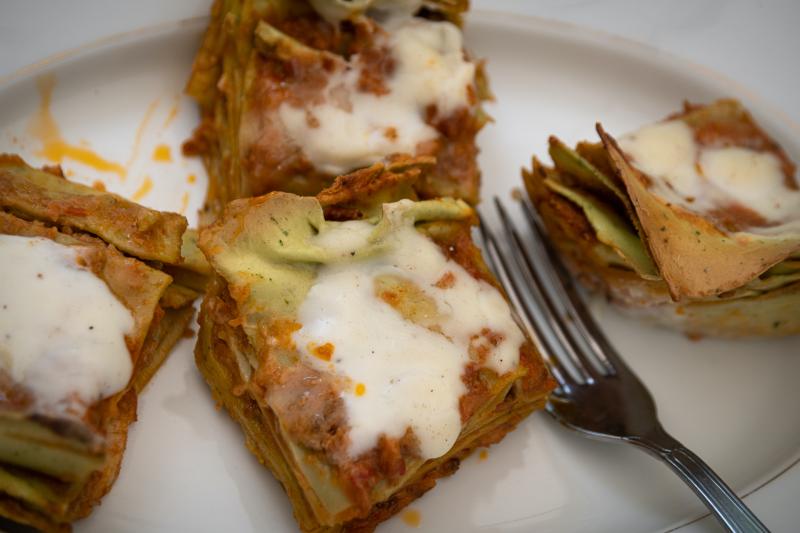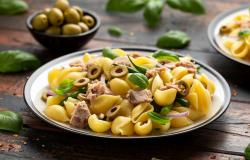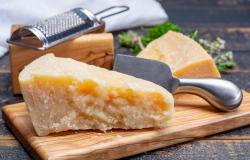Great Foods of Italy: Lasagne alla Bolognese
ITA:

Use player to listen to Italian version

Paywall Content
Among the many iconic dishes of Italy, lasagne alla bolognese is one of the most beloved worldwide, which makes it one of the most imitated - sometimes, however, poorly.
When we talk about authentic lasagne alla bolognese - those that originate in the region of Emilia-Romagna - four basic ingredients are essential: spinach-flavored fresh egg pasta, ragù meat sauce, béchamel sauce and Parmigiano Reggiano (for example, if you use dried pasta sheets rather than fresh or fake Parmigiano, the result will not be the same).
The origin of lasagne is rather controversial, and there are several regions that claim to have been the first to invent layered pasta sheets, with different variations of filling.
An ancient version of lasagne dates back to Roman times: the ‘lagana,’ made of thin sheets of pasta dough stuffed with meat, closer to thin bread.
A more similar version to modern-day lasagne did not appear until the Renaissance, according to a cookbook printed in Bologna two centuries later, which mentioned a recipe from that time that used alternating layers of egg pasta and cheese. The use of tomato in the recipe began only in 1881, and in Naples, not Bologna.
To sum up, the lasagna does not have a precise origin, but appears to have spread throughout Italy, with many variations. The most famous of all is however the one ‘alla bolognese,’ thus described because it uses the typical meat sauce of the region, ragù.
The recipe for lasagne alla bolognese we are familiar with dates from the early 20th century and we may thank the inventiveness of Bolognese chefs, who introduced some notable changes compared to the variants that existed in other areas of Italy: the dough was to be mixed with spinach (hence ‘lasagne verdi’, green lasagne), rather than have the spinach alternate with the layers of dough. Then, they added the classic Bolognese ragù, béchamel sauce (made with butter, flour, milk, some nutmeg and grated Parmigiano-Reggiano), and grated Parmigiano on top of it all. The result should be tender on the inside, crisp and browned on top.
Because lasagna is essentially a homemade dish, there are as many versions as there are Emilia-Romagna families! However, in 2003, the Bolognese delegation of the Italian Academy of Cuisine registered the ‘official’ recipe with the Bologna Chamber of Commerce. You can find it at this link (Italian only).
Dei tanti piatti emblematici d'Italia, le lasagne alla bolognese sono tra i più amati nel mondo, il che le rende anche uno dei piatti più imitati - a volte, però, piuttosto male.
Quando si parla di autentiche lasagne alla bolognese - quelle originarie dell'Emilia-Romagna - quattro ingredienti di base sono fondamentali: pasta fresca all'uovo verde (con gli spinaci), ragù di carne, besciamella e Parmigiano Reggiano (per esempio se si usano sfoglie di pasta secca anziché fresca e un’im











